The internal policy of Nicholas 1, briefly, contained two most important turns. The first can be considered the completion of the war of 1812. The second is the uprising of the Decembrists and the replacement of the reign (1825th year). At the same time, the foreign policy of Nicholas 1 (the table will be shown on the completion of the article) was heavily under the influence of the situation in Europe, in which the main directions of Nicholas policies were the main directions of Nicholas policies.
First priority
What was the internal policy of Nicholas 1? Briefly formulating the goals, first of all it should be noted that the main task set by the monarch was the ruler with particular attention to the criticism and suggestions of the Decembrists, constantly pointing to him on the absence of the necessary order and, as a result, numerous abuses in the administration and court. The main objective of the codification ruler saw in order to streamline legislation, without introducing innovations. So he wanted to ensure the most clear foundation for absolutism. Almost all the work on the codification was held in Speransky.
Stages of codification
In accordance with the Speransky plan, the streamlining of legislation was to be carried out in three stages. The first one assumed to collect and publish all the provisions in chronological order since the reign of Alexei Mikhailovich until the end of the reign of Alexander I. At the second stage, the task was to publish the Code of laws that were located on an objective systematic order. At the same time, it was not supposed to make any changes in them (additions or correction). At the third stage, the preparation and publication of the new "deposition" was planned - a systematic arrangement of the existing legislation. In this edition, supplements and corrections were assumed, taking into account customs and rights, as well as valid state needs. 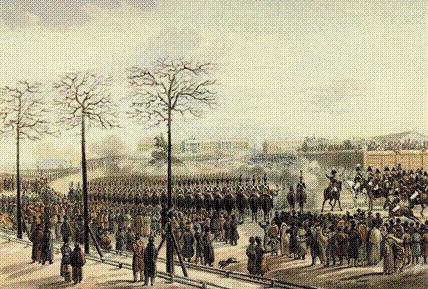 With the second branch, there was own printing house. It was published by the prepared volumes in the period from 1828 to 1830, 45 parts were published. Three volumes of applications and pointers were also printed. All these parts amounted to the first meeting. It includes 31 thousand legislative acts for the period from 1649 to 1825. In addition, six more volumes were published. They came out during 1825-30. They began the second meeting. It included regulations published during the reign of Alexander 2 and Nicholas 1.
With the second branch, there was own printing house. It was published by the prepared volumes in the period from 1828 to 1830, 45 parts were published. Three volumes of applications and pointers were also printed. All these parts amounted to the first meeting. It includes 31 thousand legislative acts for the period from 1649 to 1825. In addition, six more volumes were published. They came out during 1825-30. They began the second meeting. It included regulations published during the reign of Alexander 2 and Nicholas 1.
Code of laws
He was preparing on the basis of a full meeting. In the preparation of the vault, acts have been eliminated, which has lost its strength or replaced by subsequent laws. Also conducted text processing of provisions. All corrections, especially supplements, could be made exclusively with the sanction of the emperor. Monarch himself controlled the entire course of work. Previously, the Code of Laws considered the members of the Special Commission from the Senate. After that, its individual parts were sent to the ministries. The laws of law was published in 15 volumes in 1832. He entered into 40 thousand articles.
Other editions
Speransky was prepared by 12 volumes of military decrees, as well as the vaults of the laws of the Great Finnish principality and the Western and Ostsee provinces. During the reign of Nikolai 1, "Collections of marine and spiritual laws" were published, as well as the "Regulations on Nomads of Eastern Siberia". 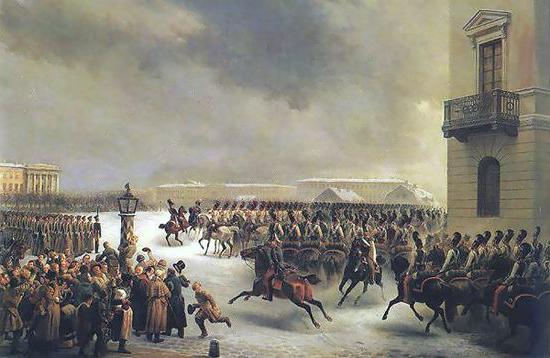
Other transformations
Other areas of politics Nicholas 1 concerned the enlightenment and life of the peasants. The special importance of the monarch paid fastened right. Thanks to the publication of a number of laws, the position of the peasants dependent on the landowner is somewhat better. Regulations emphasized that the fortress people are not the simple property of a private person. They are primarily subject to state. The policy of Nicholas in the field of enlightenment has become more conservative. In 1828, they carried out the reform of medium and lower special educational institutions.
Results of activity
Conducted during the reign of Nicholas 1 codification of laws, certainly allowed to streamline the existing legislation. Nevertheless, she did not change the structures of autocratic serfs of Russia. In particular, this concerns the political and social field. The codification did not change the control system, did not eliminate corruption, arbitrariness and red tape, which reached its heyday during the reign of Nicholas. The bureaucracy led to paper office proceedings, which proceeded in the stationery secretly uncontrollably. In the first half of the XIX century, the number of officials increased significantly. The monarch perfectly saw all the vices of bureaucracy, but it was not possible to eliminate them in the conditions of absolutpism. Such was the state policy of Nicholas 1 (briefly). 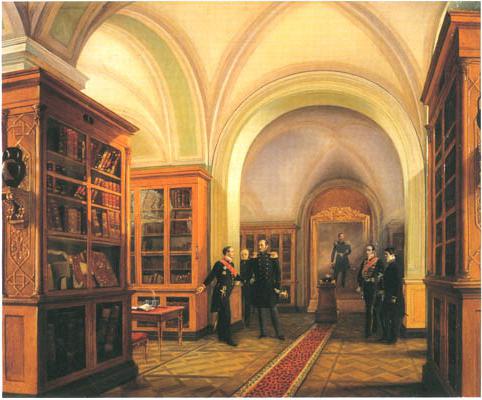
The position of Russia in the world
By the second quarter of the XIX century, Russia had the status of a strong and large state. She was completely able to solve independently all foreign policy issues. At the beginning of the board of the monarch, the lag of the empire from Europe in the military-technical plan was not so noticeable. The Russian army was numerous and was considered in the world one of the best.
Foreign Policy of Nicholas 1: Main points
The basic course has been preserved in Russia since the end of the XVIII century, since the country has become in shape in a huge Eurasian Empire. The new autocratic after the eight of the throne declared the continuation of his predecessor. However, afterwards the monarch made it clear that Russia on the European Arena will expect more to rely on its own strength, rather than rely on "federal solidarity". Nicholas 1 retained interaction with German states, with Prussia, first of all, since it has occupied a leading position in trade relations. In the same period, the trend of Russia's rapprochement with France and England was clearly outlined. The foreign policy of Nicholas 1 was aimed at strengthening the situation in the Black Sea coast, as well as to ensure the safety of the southern borders of the state. Thus, the central place was taken by an oriental question, in particular, interaction with the Ottoman Empire. The Black Sea at that time was of great importance for Russia. 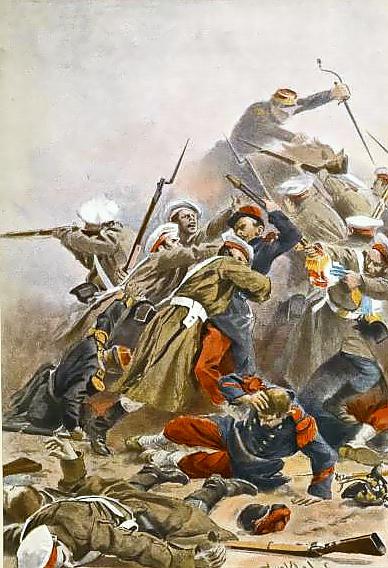
Essential problems
One of these was the provision of as favorable conditions as possible in the Black Sea Straits - Dardanelles and Bosphorus. Thanks to the free passage through them commercial vessels, the economic development of the southern regions of the state occurred. The foreign policy of Nicholas 1 was oriented in the Caucasus. Russia sought to expand its possessions in the area, the final stabilization of borders in the region, ensuring a safe and free connection with the newly acquired territories. As a result, the firm joining of the entire Caucasus to the Empire was planned.
Start of the Russian-Persian War
An enemy in the conquest of Caucasian territories was Iran. In accordance with the peace treaty between him and Russia, the latter focused on large territories in Eastern Transcaucasia and the western part of the Caspian coast. By 20 years of the XIX century, Iran (Persia) began to seek the return of the Karabakh and Talysh Khanni. At the court of Shah, an anti-Russian grouping was formed, possessed quite large force. As a result, the war was unleashed. The commander-in-chief of Iran planned to eliminate Russia from ownership by Transcaucasian territories. 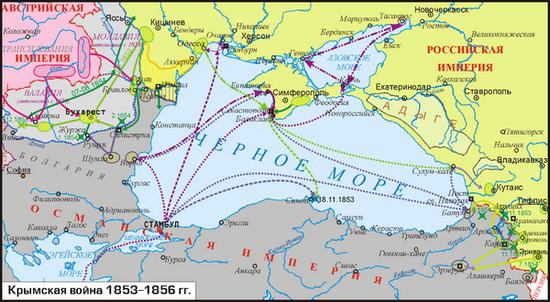
Attitude tension
The foreign policy of Nicholas 1 did not assume hostilities. Entering the throne, the emperor found enough tense relations between Turkey and Russia. Nevertheless, he considered it inappropriate to start fighting due to the Greeks. Initially, Russia, together with the UK, provided diplomatic pressure on Turkey. The beginning of the thirties of the thirties of the XIX century was a very rich period both in the Middle Eastern and in the European direction. In 1830-31 In Europe, a wave of revolutions was held. She touched and Russia. Immediately after the completion of the Persian and Turkish wars, the empire had to conflict with Poland. The revolution in this country contributed to the revolutionary situation in France and Belgium. As a result, in 1830, open unrest began in Warsaw. The Romanov Dynasty was declared devoid of the throne in Poland. A temporary government was formed. The army of the rebels was created. Initially, they were accompanied by success. However, the forces were unequal. Soon the royal troops suppressed the uprising. In accordance with the published decree, Poland was declared an integral part of Russia. By the end of the forties, the new, even more terrible wave of the uprisings rose to the Western European territory. In France, the revolution broke out in 1848, in February; In Germany, Moldova, Valahia, Italy and Austria - in the spring. The events of Nicholas 1 regarded as a direct threat to autocracy in Russia. It was in this connection that he decided to actively participate in the suppression of the revolutionary movement. 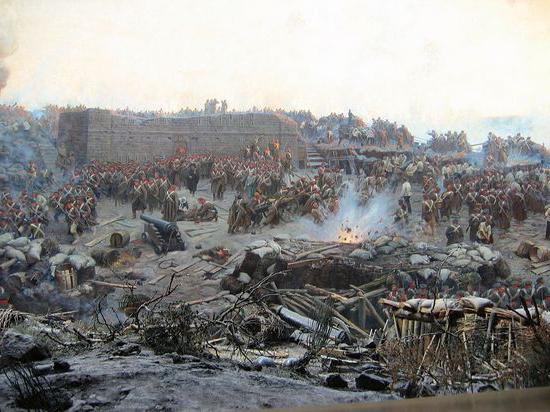
Post-war period
After the end of the revolutions in Europe, 1848-49. Nicholas 1 was aimed at strengthening the strategic position of the empire. The priority was the question of the Black Sea Straits. According to agreements that operated at the time, the Russian military fleet was opened the way and Bosphorus. Together with this, Nicholas 1 sought to strengthen political influence on the Balkan region. At the expense of Turkey, England assumed to strengthen its position in Malaya Asia, as well as in the Caucasian territories, and thus pushed Russia away from the sea routes. showed the technical and organizational backwardness of the Russian state from Western countries.
Results of foreign policy Nicholas 1
Russia's intervention in the affairs of Europe, the desire to protect the old procedure provoked the perturbation of liberal circles. Russian monarch even got a nickname. He was called the "Gendarme of Europe". As a result, the peoples and the government of other countries did not like Russia and were afraid of her arrogant reaction king. They were pleased to be every opportunity to destroy the impact and strength of the empire in European affairs.
Finally
Above the external policy of Nicholas 1. The table displays the most important events that occurred during its reign. They reflect the essence of the king's activities.
| West | East | South |
Strengthening positions. Ensuring a stable position in Europe. Prevention of the revolutionary situation. Suppression of uprises:
| The confrontation of Iran in the Caucasus. Russian-Persian War (1826-1828). Accession of Eastern Armenia. Military fleet on Caspian Sea. War in the Caucasus and Accession its territories (1817-1864). | The desire to strengthen influence in the Middle East and the Balkans. Solving the issue of Black Sea Strait. War with Turkey (1828-1829). Accession to the east coast of the Black Sea and the mouth of the Danube. Opening of the sea route in the Black Sea Strait. Crimean war (1853-1856). |








